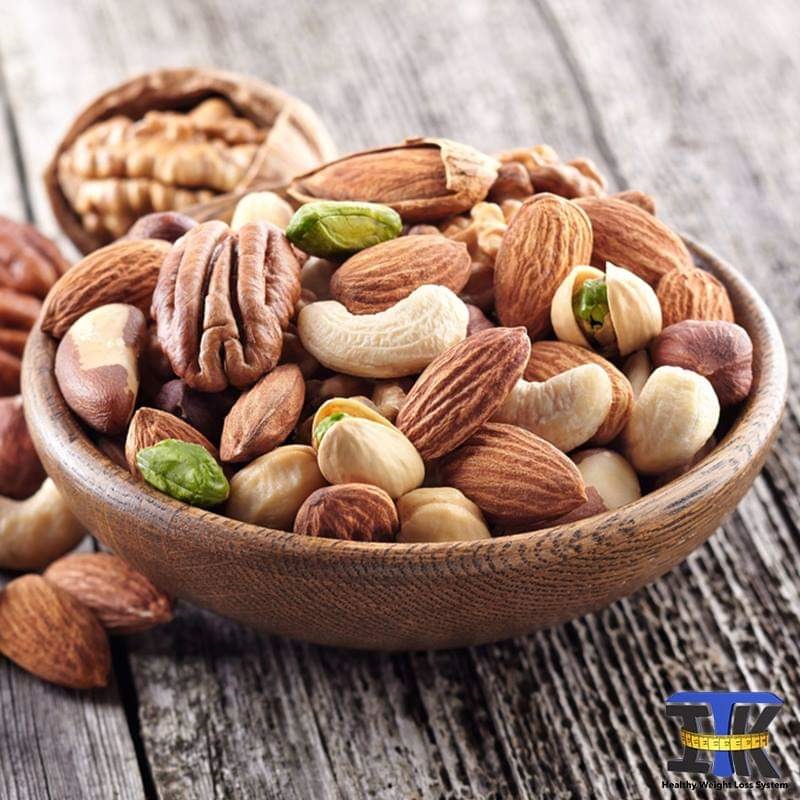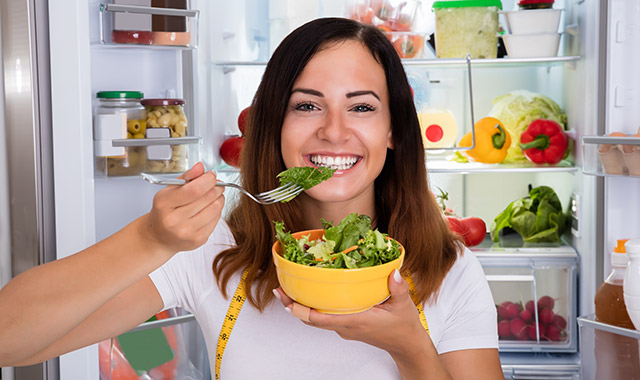THE TRUTH ABOUT SUPERFOODS?
BY: FITZ-GEORGE RATTRAY
I am going to cut to the chase on this one, because I don’t want anyone to be confused about this. The concept of a NEW, FANTASTIC superfood is all hype. Just a way to push a product, or to create media buzz. Most healthy natural foods, especially plant based, are in one way or another, superfoods.
The term “superfood” had been associated with acclaimed, exotic, expensive, newly discovered or realized food items, which can perform some wonder or several wonders for your wellbeing, perhaps fighting fatigue, inflammation, cancer or some other dreaded malady.
Often these foods are discovered in some generally remote region of the world and presented by an intrepid talk show presenter.
The fact is, the criteria for being labeled a superfood is much simpler. Any healthy food item which is nutritionally dense (a high ratio of, vitamins, minerals, fiber, healthy fats, probiotics etc., to empty calories such as simple carbs) in at least two healthy nutrients, is, indeed a superfood.
THE SIMPLEST WAY TO LAY THIS OUT
Any unprocessed vegetable, fruit, berry, nut and seed is a superfood. You can add many spices, probiotics, natural oils and teas to this list. In their natural form they are all nutritionally dense and are filled with nutrients which:
- facilitate our biological processes
- promote healing
- resists aging
- protect our cells and DNA and
- peaks vitality
Of course, it would be very exciting for the nutrition industry to promote “20XX’s new superfood, mango, or broccoli, or carrots!!!!”
There is an exotic and exciting dimension in reporting the new superfood of 20XX, Matcha! Or Kale! Or Acai or, well, you get the picture. Some foods you will only find in your upscale supermarket, café or smoothie shop. This is an industry fuel, the reality is, you should be far more concerned with body fuel.
Some of you are thinking by now, but what is the harm anyway? The more recognized superfoods the better, and if you stop there you are perfectly correct.
However, there are a few issues with this pattern:
- The concept of superfoods create a hype, turning healthy eating into a trend
- Focusing individuals and food industries to put a few foods into heavy rotation while ignoring and discarding other equally and more healthy options
- The “de-promoting” of excellent food options as they become less vogue
- Creating a low emphasis on everyday healing food sources for every day folks, weakening the education, information and public awareness of everyday natural foods necessary for a balanced diet
- Straining specific food supplies, often creating an escalation in prices
- Effecting a more general escalation in natural food prices as the land allocation, planting and production is affected by these trends and demands
- The booming of a super food related supplements. Products of a largely unregulated industry which is free of the burden of scientific proof.
- An industry which distracts from eating a balanced diet, which, research is showing sells products which are many times less potent and often ineffective, compared to simply eating a balanced diet.
ARE SUPERFOODS STILL WORTH THE FUSS?
Perhaps then these superfoods are really that super and well worth the fuss? Well, let’s look at two known superfoods and the sources of their superpower and compare then to everyday foods. The numbers speak volumes.
Superfood – Spirulina: A vitamin, mineral and protein rich algae, believed to increase immune response, heart function. Liver disorders and more.
1 cup: Protein 8.6g, Iron 4.3mg
Everyday food – Lentils: Legumes found on most supermarket shelves
1 cup: Protein 17.9g, Iron 6.7mg
Superfood – Wheat grass Powder: A grass known for its superoxide radicals. Its chlorophylls are believed to diminish harmful bacteria, regulating and purifying.
1oz (28g): Dietary fiber 7g, Vitamin A 14000 IU, Vitamin C 66mg
Everyday food – Baked sweet potato (flesh and skin): Fiber and energy rich, low glycemic index (blood sugar friendly)
1
Cup: Dietary Fiber 7g, Vitamin A 38450 IU, Vitamin C 39mg
THE SUPERFOOD HYPE
The promotion of superfoods add a wider variety of foods to the plates of the public. Additionally there is an increased awareness of natural foods and their benefits, sadly, everyday superfoods are lost in the media bin.
For a diet filled with superfoods, avoid spending your money on processed foods. Focus on natural unprocessed foods, vegetables, grains, fruits, nuts, seeds, spices, probiotic foods and healthy oils. Vary your natural foods as much as possible.

If you have a dislike for vegetables, peas, nuts and such, well, let me put it this way, prepare your produce or prepare to suffer. Your body will not last long or do well without these.
With the widest variety of natural foods, you will have the best chance for a healthy, relatively pain free life. These include: fish, vegetables, grains, nuts, beans, legumes, peas, seeds, spices, peppers, healthy oils, fruits and teas. It’s time to make every day healthy natural foods your superfoods.






Other than the occasional baked sweet bread or pastry i.e. cake, I pretty much stick to natural foods with names I can pronounce and I don:t have to research it to know what it is.